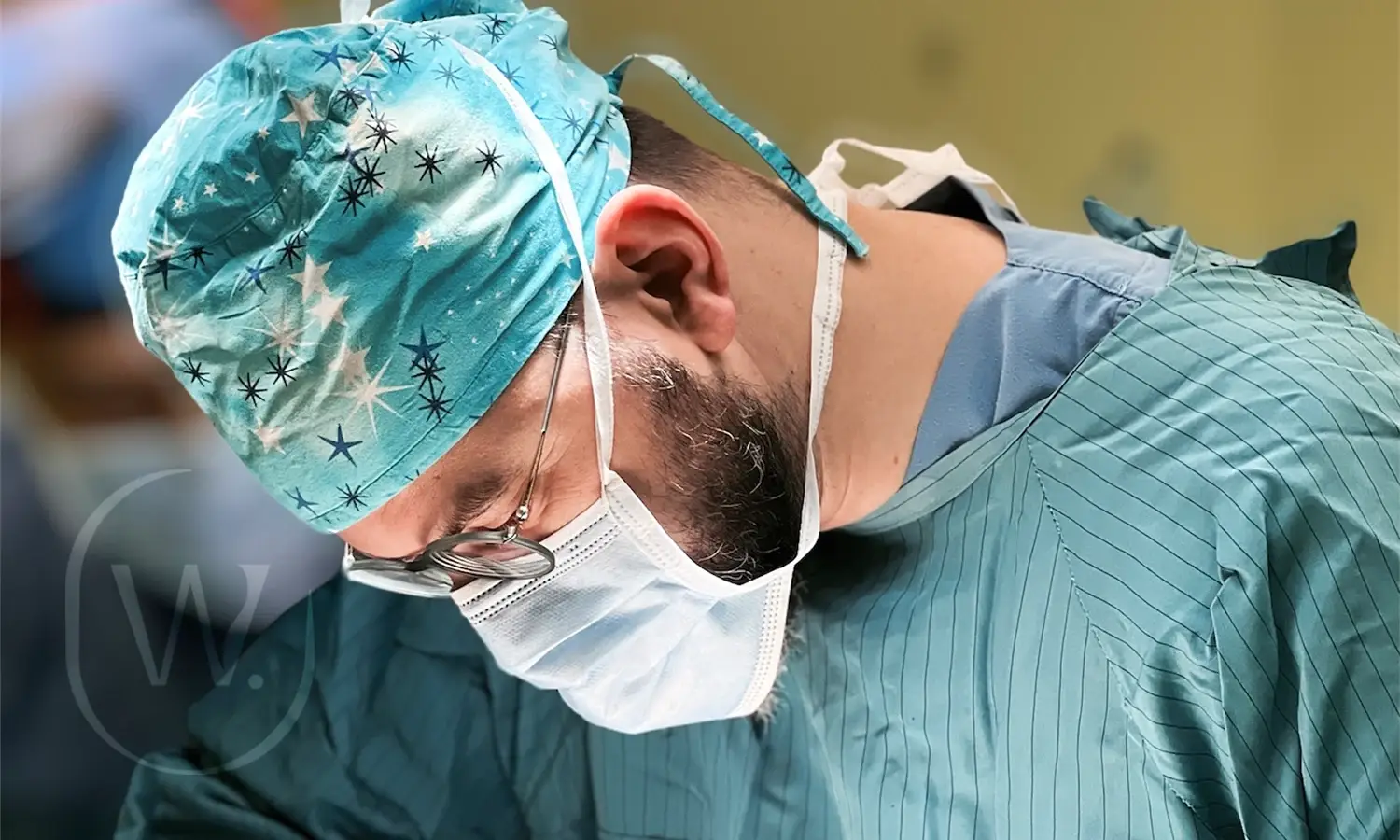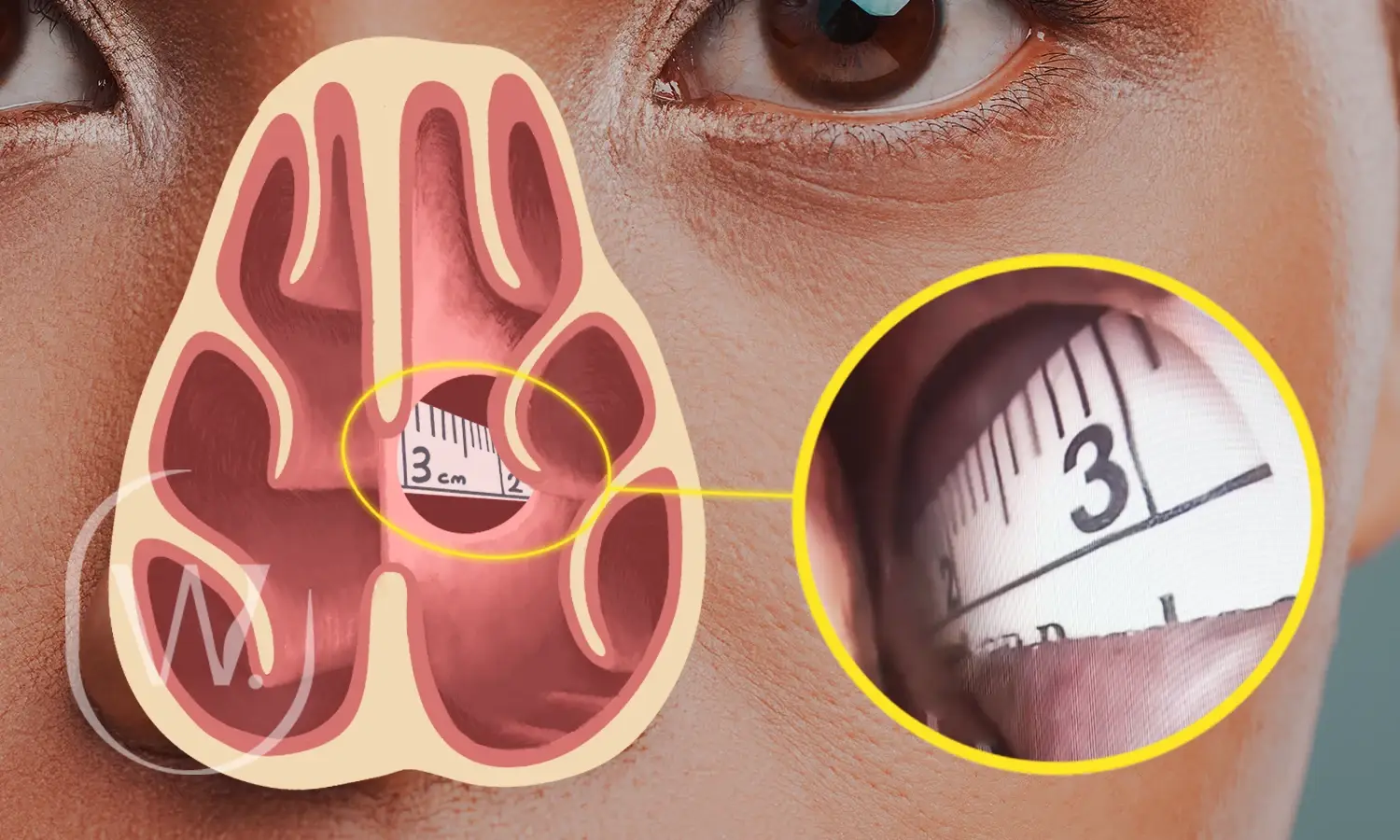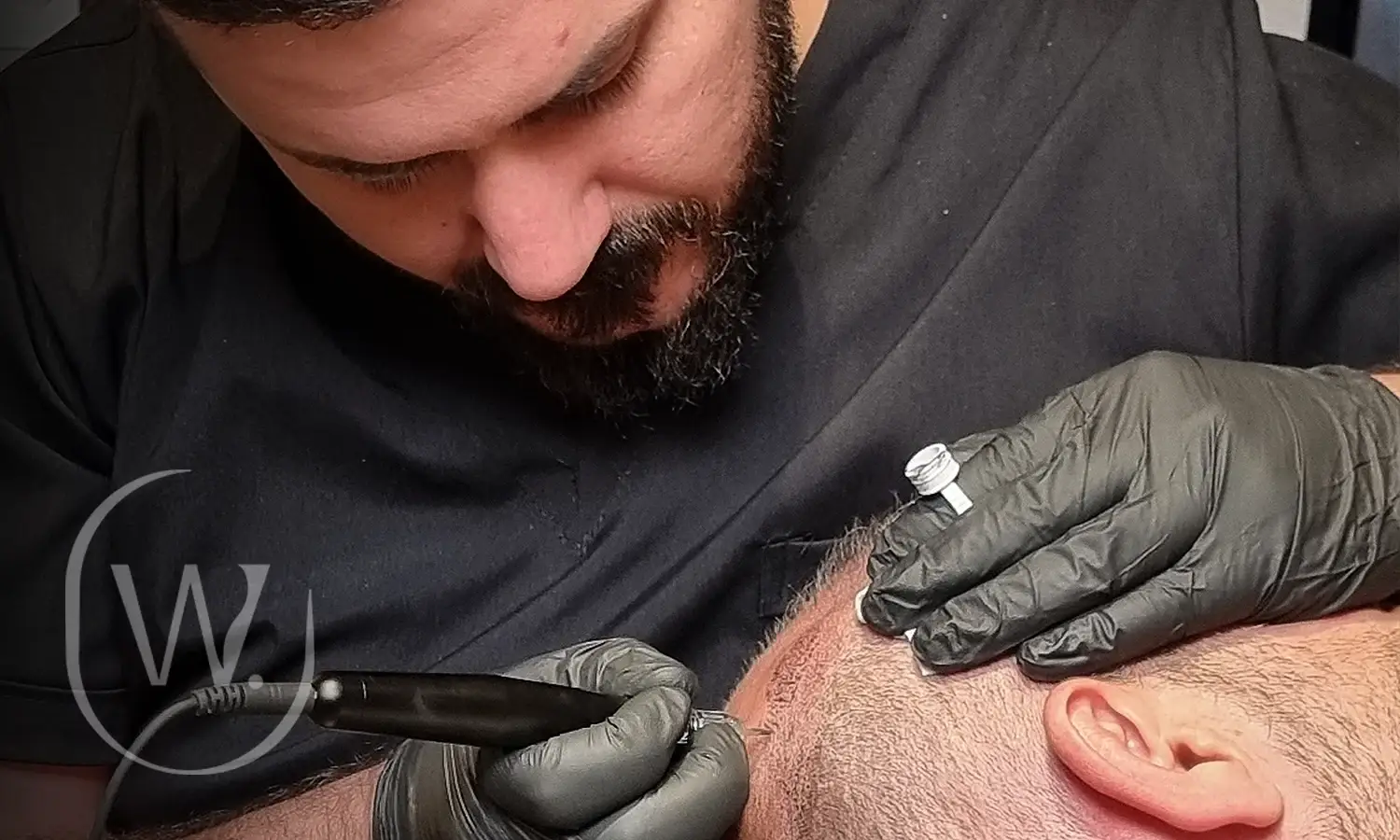In the ever-evolving world of cosmetic surgery, one procedure that has been gaining significant attention is ultrasonic rhinoplasty. This advanced technique offers several benefits over traditional rhinoplasty methods, making it a popular choice for those looking to enhance their nasal aesthetics. But what exactly is ultrasonic rhinoplasty, and what sets it apart from other nose-reshaping surgeries? In this post, we’ll dive deep into the details of this innovative procedure.
Table of Contents
Introduction to Ultrasonic Rhinoplasty
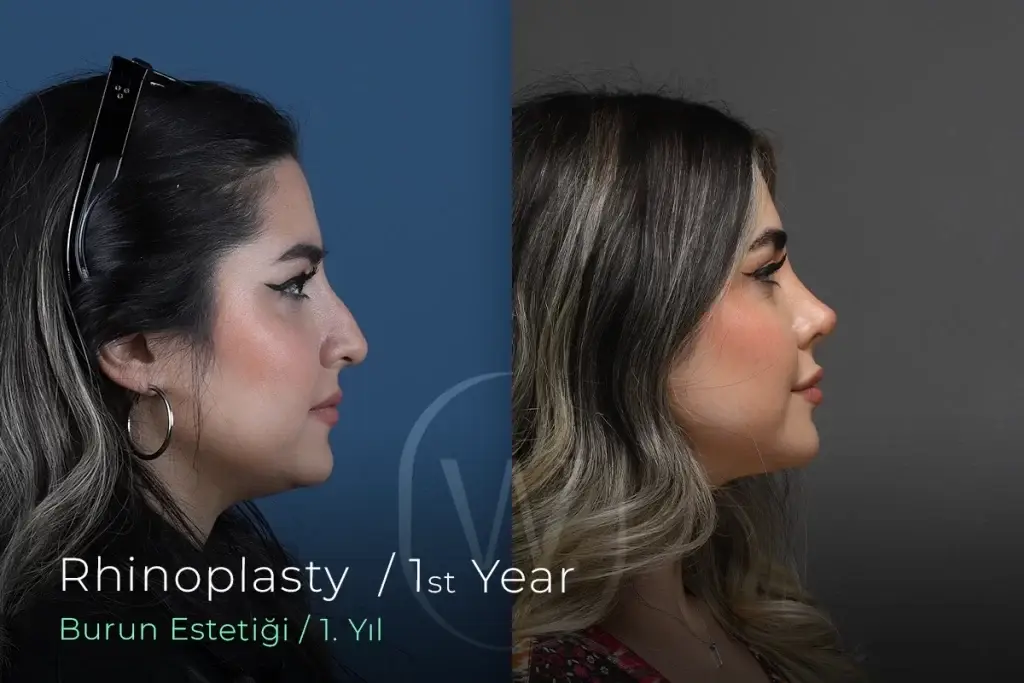
Ultrasonic rhinoplasty is a cutting-edge surgical technique designed to reshape the nose using ultrasonic waves. Unlike traditional rhinoplasty, which relies on manual tools such as chisels and rasps, ultrasonic rhinoplasty utilizes high-frequency sound waves to precisely sculpt the nasal bones and cartilage. This method allows for greater accuracy and control, resulting in a more refined and natural-looking outcome.
How Does Ultrasonic Rhinoplasty Work?
Ultrasonic rhinoplasty employs an advanced device known as a piezoelectric instrument. This device generates ultrasonic waves that selectively target the hard and soft tissues of the nose. Surgeons can use these waves to gently and accurately reshape the nasal bones without causing damage to the surrounding soft tissues. The precision of this technique minimizes trauma, reduces bruising and swelling, and shortens the overall recovery time compared to traditional methods.
Benefits of Ultrasonic Rhinoplasty
Enhanced Precision and Control
One of the most significant advantages of ultrasonic rhinoplasty is the enhanced precision it offers. Surgeons can make highly controlled adjustments to the nasal structure, ensuring symmetrical and aesthetically pleasing results. The ultrasonic waves allow for more delicate sculpting, which is particularly beneficial for intricate nasal reshaping.
Reduced Trauma and Swelling
Traditional rhinoplasty techniques can cause considerable trauma to the nasal tissues, leading to significant bruising and swelling post-surgery. Ultrasonic rhinoplasty, on the other hand, minimizes tissue damage. The selective targeting of tissues ensures that only the areas needing modification are affected, resulting in less post-operative discomfort and faster recovery.
Improved Outcomes
Patients who undergo ultrasonic rhinoplasty often report higher satisfaction with their results. The precision of the procedure allows for more accurate corrections, whether it’s for cosmetic enhancement or functional improvement. The reduced trauma also means fewer complications and a smoother healing process, contributing to overall patient satisfaction.
Who is a Good Candidate for Ultrasonic Rhinoplasty?
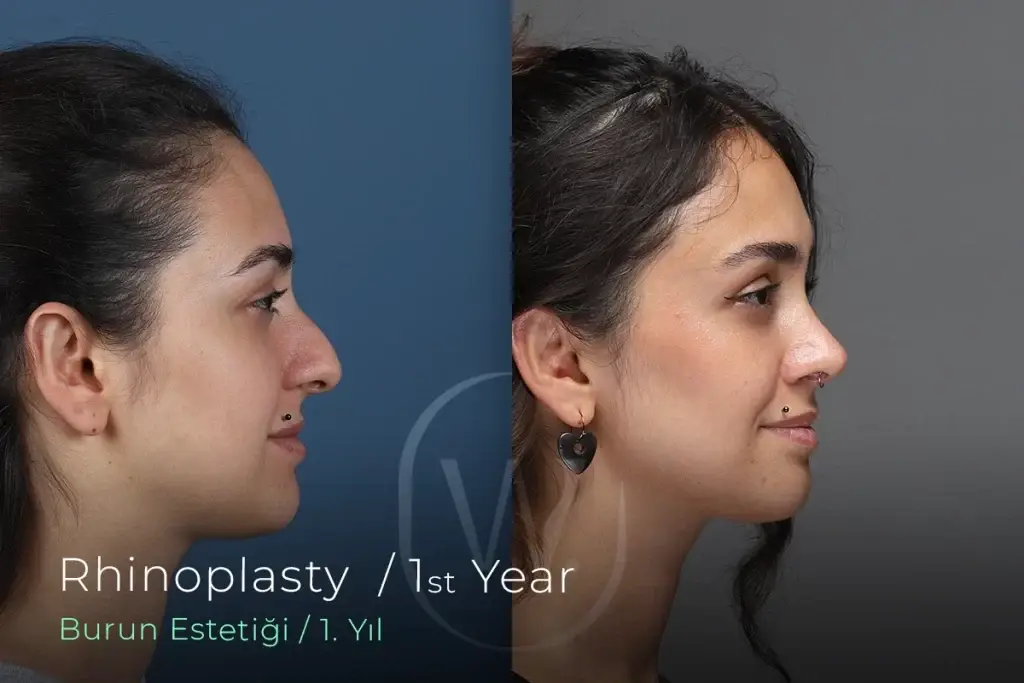
Ultrasonic rhinoplasty is suitable for a wide range of patients. Ideal candidates are those who are in good general health, have realistic expectations about the outcomes, and seek improvements in the shape, size, or function of their nose. This procedure is particularly beneficial for individuals who have previously undergone rhinoplasty and are seeking revision surgery, as the precision of ultrasonic techniques can address complications or dissatisfaction from earlier procedures.
The Ultrasonic Rhinoplasty Procedure
The ultrasonic rhinoplasty procedure begins with a detailed consultation with a board-certified plastic surgeon. During this consultation, the surgeon will evaluate the patient’s nasal structure, discuss their aesthetic goals, and explain the ultrasonic rhinoplasty process.
On the day of the surgery, patients are typically placed under general anesthesia. The surgeon makes small incisions inside the nostrils or along the base of the nose, providing access to the nasal structures. Using the piezoelectric instrument, the surgeon carefully sculpts the bones and cartilage to achieve the desired shape. The entire procedure usually takes between one to three hours, depending on the complexity of the case.
Recovery and Aftercare
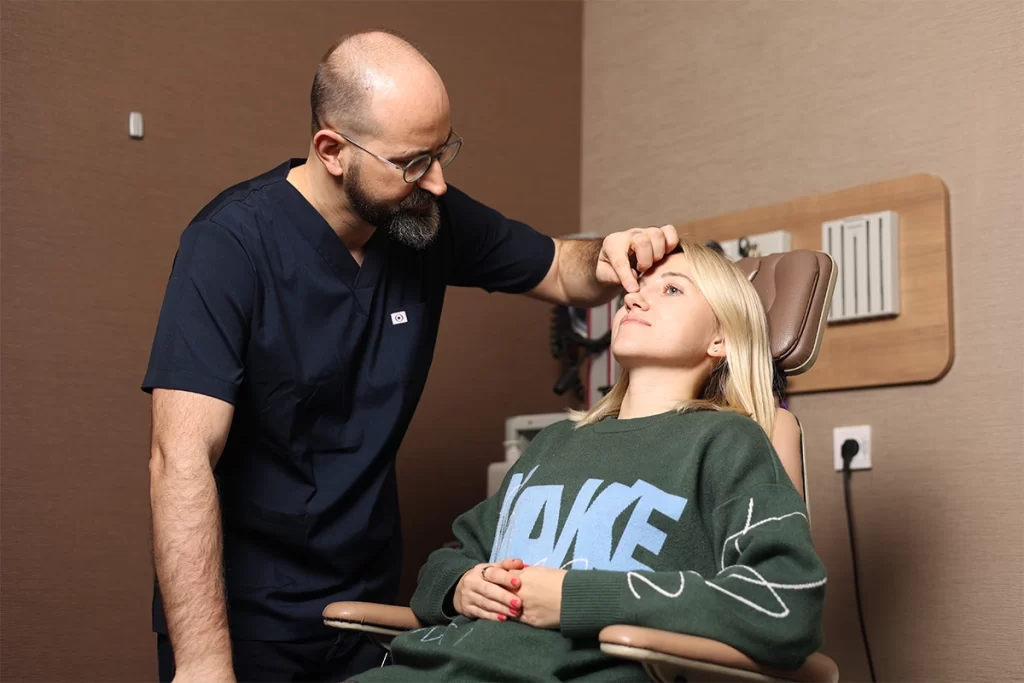
Recovery from ultrasonic rhinoplasty is generally quicker and less uncomfortable than traditional rhinoplasty. Patients can expect some swelling and bruising, but these symptoms are usually less severe and resolve faster. Most patients can return to work and normal activities within one to two weeks. Surgeons will provide specific aftercare instructions to ensure optimal healing and results.
Potential Risks and Complications
As with any surgical procedure, ultrasonic rhinoplasty carries some risks. Potential complications include infection, bleeding, scarring, and dissatisfaction with the aesthetic outcome. However, the precision and reduced trauma associated with ultrasonic techniques typically result in fewer complications and a smoother recovery.
Conclusion
Ultrasonic rhinoplasty represents a significant advancement in nasal surgery, offering enhanced precision, reduced trauma, and improved outcomes. Whether you are considering rhinoplasty for cosmetic reasons or to correct functional issues, this innovative technique may provide the results you desire with a more comfortable recovery process. Always consult with a qualified plastic surgeon to discuss your options and determine if ultrasonic rhinoplasty is right for you.
Ready to explore your options?
Book a consultation with our expert team today to learn more about how ultrasonic rhinoplasty can help you achieve your aesthetic goals with precision and care. Take the first step towards the nose you’ve always wanted!
